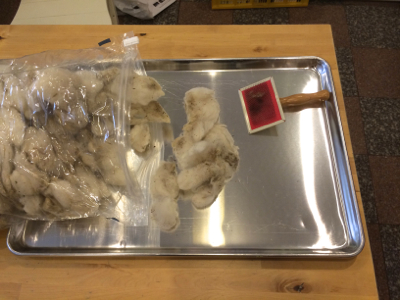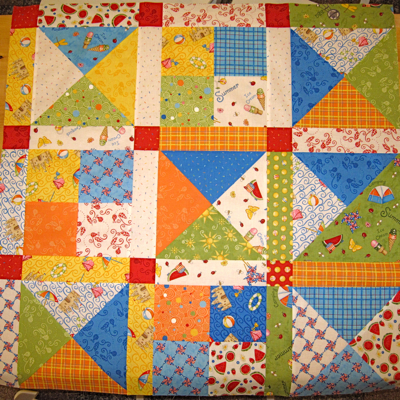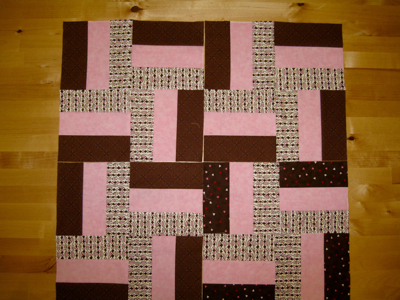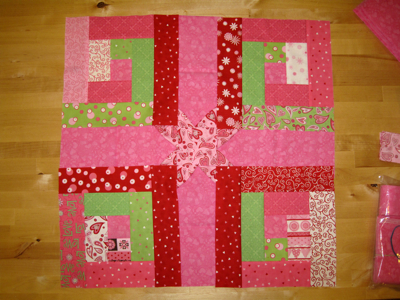I needed something to keep my hair out of the way, so I tried making a hat with elastic in a hem rather than ribbing. I really like how it works so now I’m making more.
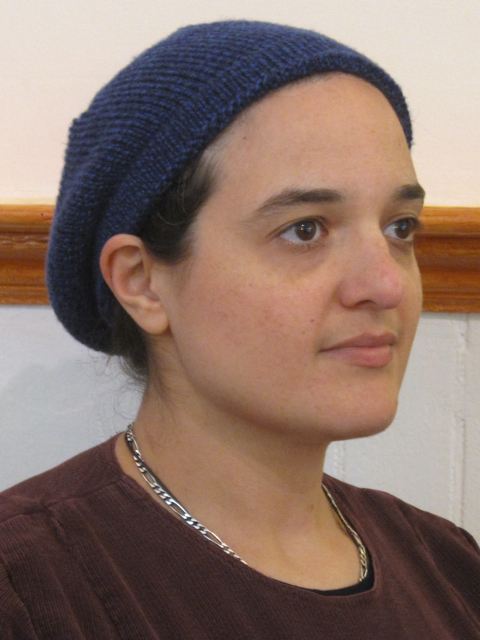
I started at the bottom ribbing, as usual, except I made a looser cast-on than normal. This is so I can pick up the loops as stitches later. I could have started with a provisional cast-on and then used live stitches, but this works fine. You can find an example of joining live stitches (and different numbers for each layer) on another hat I made.
Knit a little 1×1 rib, enough to make a casing for your elastic. This will be the inside of the hem and should be a little smaller than the outside layer. Rib stitch is normally smaller than straight knit, so I can use the same number of stitches. Then do a row all purl, to make a turning row for folding the hem under. The purl makes it fold nicely. Continue with regular knit until it is the same length as the ribbing. (No, I didn’t count rows.)
To join the layers together, pick up the cast-on edge the same number of stitches and fold up the hem so the two needles are next to each other. Then slip one stitch from each needle to alternate on the main needle.
The hem ready to fold under:
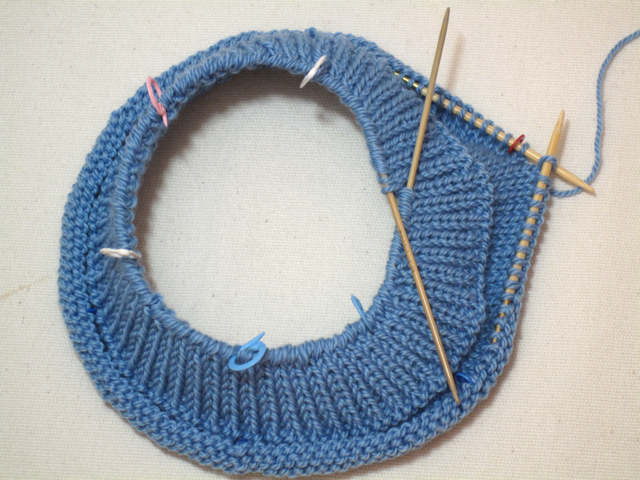
Knit the round, two stitches together each time. The way I knit, K2Tog with the live stitch first and the picked-up loop second works best. You may need to do a different kind of decrease. Leave a few hem stitches on a holder for later so you can insert the elastic.
Joining the hem layers:
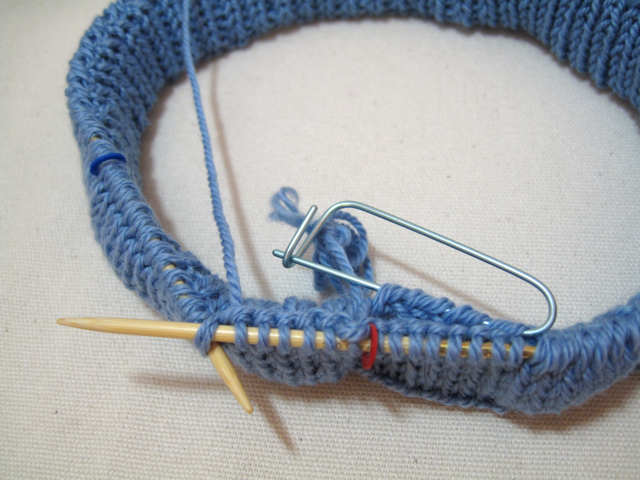
On the next round, check your markers if you have any. Sometimes mine get off a stitch during the K2Tog operation. Complete knitting the hat as usual, with extra height for drape (this leaves space to hold my hair, not a small consideration.)
Insert some flat elastic (I use 3/4 inch non-roll waistband elastic) adjust to fit and fasten down the remaining stitches from the holder.
I used sport-weight yarn and 120 stitches. This is exactly what my gauge swatch told me my head measurement should be, so normally it would be a few too many for a hat. But the elastic makes the band fit right, leaving the rest a little oversized.
